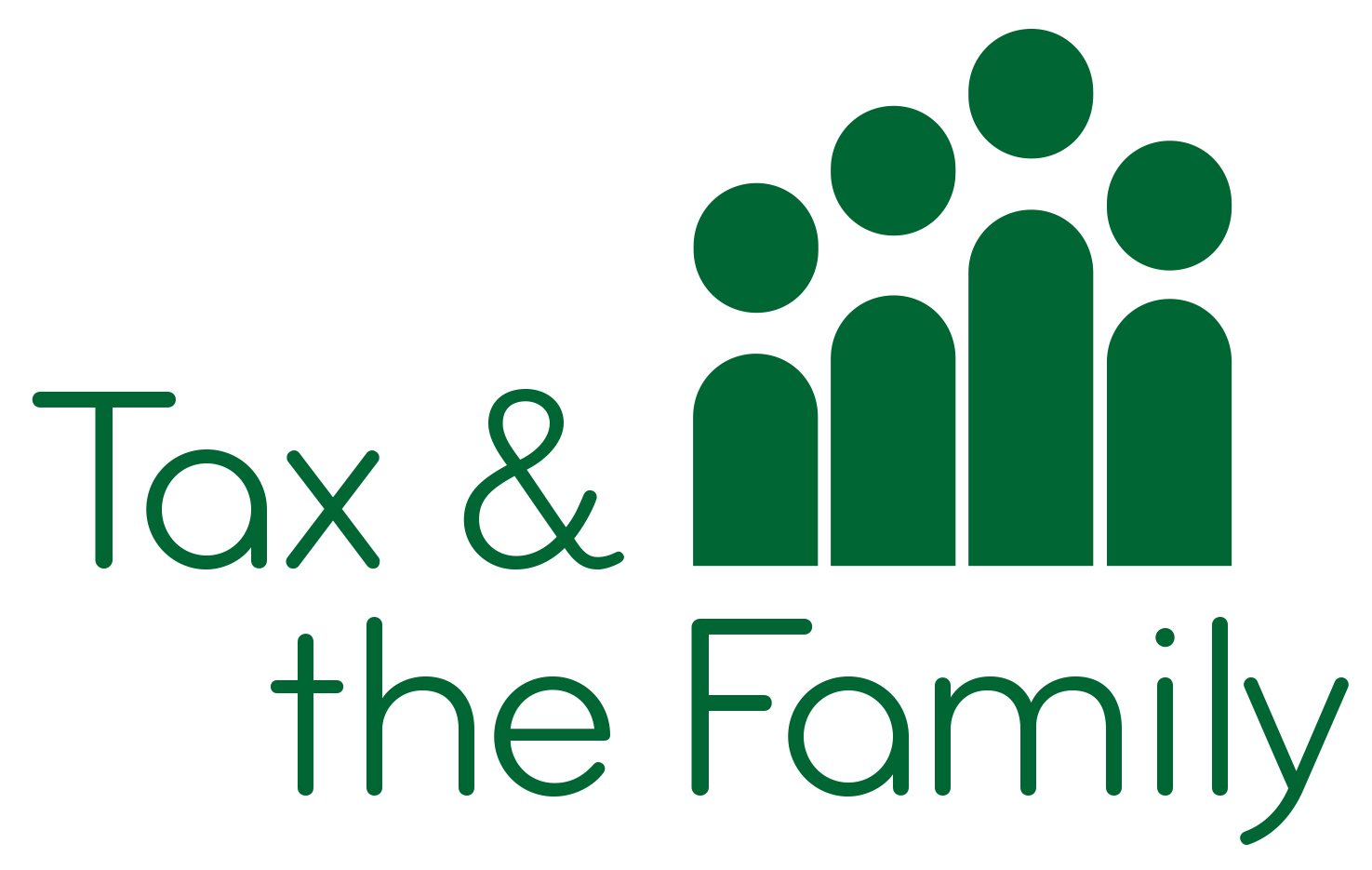Freezing Income tax thresholds – will it hit low- and middle-income families?
Rishi Sunak was frank when he said in his Budget statement that freezing the income tax personal allowance and the higher rate threshold until 2026 was a tax increase in all but name. These freezes do not affect next year’s tax bills but in four years more of us will be paying more tax. The IFS has said that in four years 63%[1] of adults will be paying income tax compared with 60% now, of which, 8.7% will be higher rate taxpayers. In 1990 3.8% of adults were higher rate taxpayers. The Chancellor said these “tax increases” were both “progressive and fair” as most of the cost falls on better-off households. The chart below shows the IFS’s analysis of the distributional effect of freezing the thresholds.[2]
In cash terms the biggest hit is on households who are in the better-off half of the population; they will see the biggest drop in their household disposable incomes. The freeze appears to be less progressive as measured by the percentage impact on net incomes (right hand scale) for households with the highest incomes.
But this is not the whole story. Research by Tax and the Family has shown that families with low and middle earnings will be hit by this tax increase. Some of these families are already paying more income than much better-off households. Even some families in poverty are paying income tax and therefore will be further affected by the personal allowance freeze.[3] Middle-income households will be hit by both the freeze on the personal allowance and the higher rate threshold.
The charts below show where eight different households with earnings of £30,000 and £50,000 respectively fit into the income distribution. £50,000 is important because it is not only the current (2020/21) higher rate threshold but also the income level at which families begin to lose child benefit. All the households are assumed to be living in the North of England and paying rent which entitles them to universal credit[4].
The charts show that households with the same pre-tax incomes can have very different standards of living. A single adult without children and earning £50,000 will be in the richest 10% (better off than 90% of people) whereas a couple with four children could be in the poorest 30% (worse off than 70% of the population). The tax system treats them as rich whereas, in reality, this is not the case.
As the income tax system stands it is very difficult to target tax increases at high-income households or tax cuts at low-income households. The Treasury does however need to realise that freezing the personal allowance and the higher rate tax threshold will affect families with low and middle household incomes, who are already contributing a bigger share of the income tax burden than comfortable households. To ensure that everyone bears their fair share, income tax needs to take account of the household and not just individual earnings.
[1] IFS budget 2021 analysis
[2] We are grateful to the IFS for their permission to include this chart.
[3] Our modeling suggests that a family with four children could have household income of 60%
[4] In the case of a married couple with two children, the rent is assumed to be £161 per week – equal to the local housing allowance.



